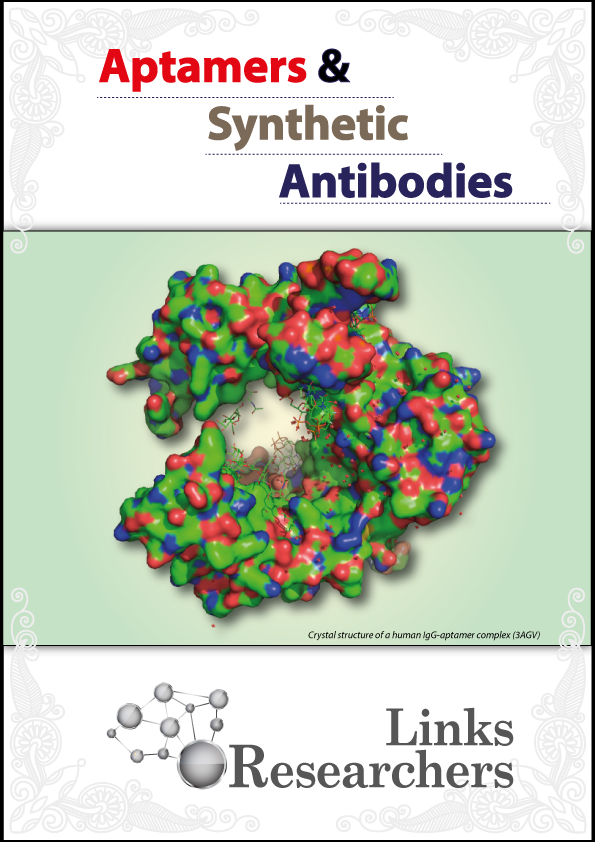Preliminary Development of an Enzyme-Linked Fluorescent DNA Aptamer-Magnetic Bead Sandwich Assay for Sensitive Detection of Rickettsia Cells
Preliminary Development of an Enzyme-Linked Fluorescent DNA Aptamer-Magnetic Bead Sandwich Assay for Sensitive Detection of Rickettsia Cells
John G. Bruno1*, Chien-Chung Chao2,3, Zhiwen Zhang3, Wei-Mei Ching2,3, Taylor Phillips1, Allison Edge1, Jeffery C. Sivils1
ABSTRACT
Abstract | DNA aptamers were developed against Rickettsia typhi (R. typhi) whole cells and individual candidate aptamer sequences were ranked according to affinity by an ELISA-like microplate-screening assay (ELASA). Top three candidate aptamers were then paired in a matrix of all possible capture and reporter aptamer combinations and tested in a fluorescent peroxidase-linked Amplex® UltraRed (AUR; a resazurin-like substrate) version of a rapid (< 1 h) aptamer magnetic bead sandwich assay. The optimal sandwich aptamer combination utilized the same aptamer sequence (designated Rt-18R) for both capture and reporter functions while producing a signal to noise ratio of > 4.0 for detection of ~ 1,000, R. typhi cells. Titration experiments conducted in buffer revealed a limit of detection between 100 and 1,000 R. typhi cells per ml. The Rt-18R aptamer detected only one band at ~ 84 kD in R. typhi lysates on aptamer Western blots. While the homogeneous Rt-18R fluorescent sandwich aptamer-magnetic bead assay did not cross-react with comparable concentrations of E. coli or L929 murine host cells, the assay did cross-react strongly with members of the spotted fever and scrub typhus groups, making the assay specific only to the Rickettsiaceae family level (Rickettsia and Orientia). When conducted in < 100% human serum or a tick homogenate, the fluorescent aptamer assay maintained sensitive detection of Rickettsia typhi cells.
To share on other social networks, click on any share button. What are these?







